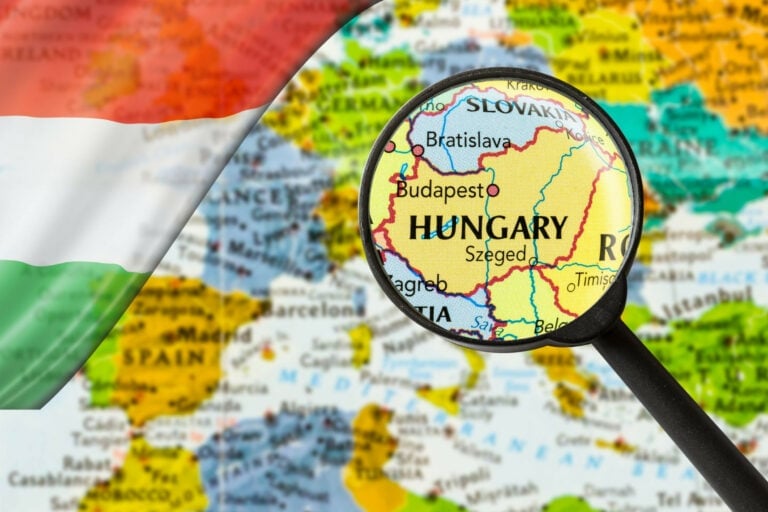November 20, 2025 | 15:30 GMT +7
November 20, 2025 | 15:30 GMT +7
Hotline: 0913.378.918
November 20, 2025 | 15:30 GMT +7
Hotline: 0913.378.918

Hungary remains committed to supporting poultry farmers and expanding poultry production in the coming years. Photo: Canva.
At an industry conference in Budapest dedicated to the World Poultry Day, local market players outlined that Hungary can grasp the opportunities offered by difficulties experienced by farmers in western Europe.
Hungarian minister of agriculture, István Nagy, said that the country remains committed to supporting poultry farmers and expanding poultry production in the coming years. Using EU subsidies, the government plans to spend HUF 4.3 trillion (€10.6 billion) on the development of the agriculture, food industry and rural territories by 2027.
The lion’s share of this amount is planned to be spent on the support of poultry farming, which, alongside pork production, remains the most competitive and the most consolidated food industry segment in the country, Nagy said. In addition to meeting domestic demand, the poultry sector generates export value for the country, accounting for nearly half of meat exports.
Hungary has a chance to strengthen its position on the European market as long as countries in western Europe show no similar commitment to supporting poultry farmers, Tamás Éder, vice president of the National Chamber of Agriculture and Food Industry, said during his presentation during the conference.
“While we in Hungary encourage [poultry industry] developments with various support measures, for example, in the Netherlands, which has significant poultry production, they try to hinder the establishment of new farms using administrative tools,” Éder said, assuming that Hungary could take advantage of this situations and fill the gaps emerging in the supply chain.
Nan-Dirk Mulder, an expert at Rabobank, also agreed that the decline or stagnation of production in western Europe creates an even bigger opportunity for Hungary than for other Central Europe regions. “Hungary’s central location makes western European markets more easily accessible from here than, for example, from Romania,” he noted.
On the other hand, the Hungarian poultry industry’s growth prospects may be hampered by weaker economic conditions and worsening consumer confidence in China, which promises to dramatically change the balance of foreign trade. In a similar way, the US tariffs on poultry imports and retaliatory measures imposed by other countries are expected to play a key role in shaping global poultry trade in the short term, Éder projected.
The tariff war indeed covers the future of the European market with a layer of uncertainty, Mulder said, explaining that it is possible that in the end, the US will set foot on the European market, but on the other hand, EU exporters may find new opportunities on the Chinese market.
(Poultryworld)

(VAN) Amid vast floodwaters, the spirit of sharing and helping others shown by many people in Gia Lai reached tens of thousands of residents stranded by raging floods.

(VAN) Climate change is set to emerge as a key focus of collaboration within the framework of the Comprehensive Strategic Partnership between Viet Nam and New Zealand.

(VAN) Future veterinarians will be the ones directly deciding how antibiotics are prescribed, administered, guided and managed across thousands of farms nationwide.

(VAN) Argentine Ambassador Marcos Antonio Bednarski says Viet Nam is playing an increasingly influential role in Argentina’s economic and technical engagement in Southeast Asia, as Buenos Aires is seeking long-term partners.

(VAN) Prime Minister requested local authorities to use all available measures to reach residential areas that are deeply flooded, cut off, isolated, or affected by landslides.

(VAN) To confront historic flood surge on Ba and Kon rivers, the Prime Minister requested local authorities to mobilize all available forces, evacuate residents, and ensure reservoirs and dams safety.

(VAN) The United Kingdom (UK) has offered to assist Vietnam in accessing significant financial resources to drive agricultural innovation while simultaneously expanding the market for forest-based carbon credits.